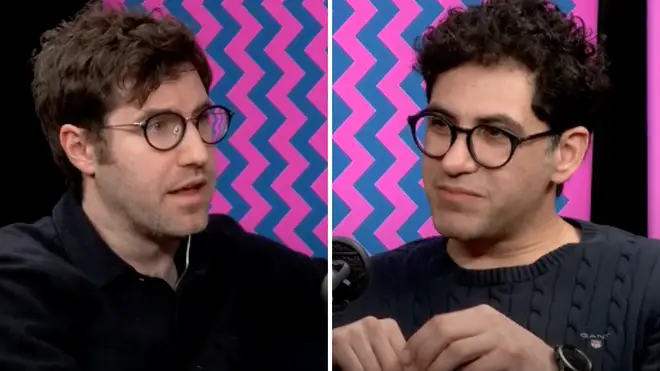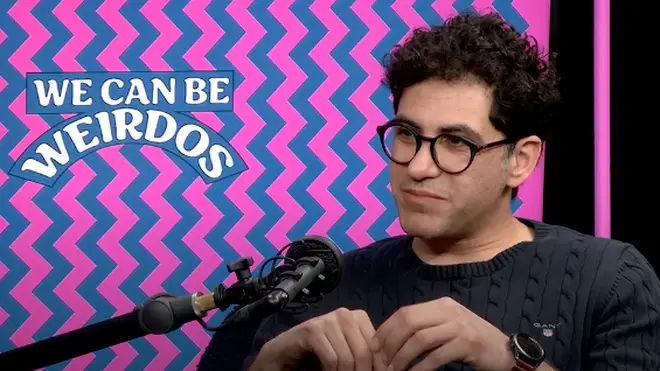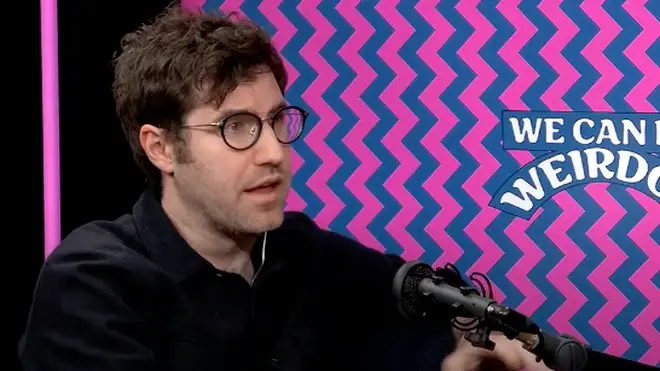On Air Now
Early Breakfast with Lindsey Russell 4am - 6:30am
19 May 2023, 16:41 | Updated: 20 July 2023, 16:11

Harith Akram has been changing the lives of people suffering with chronic pain after discovering a cure within the patient's brain.
Harith Akram joined Dan Schreiber on his new Global podcast We Can Be Weirdos where he discussed how he discovered a cure for chronic pain.
In the episode, titled The Neuro-Pioneer: Harith Akram and a Pain Free Planet, Dan and Harith spoke about the surgeon's journey to making this discovery and how it really works.
Speaking on the podcast, Dan recalls the first time his friend told him he thought he could find a cure for chronic pain, and the moment he said to him: "I've done it, I've done a surgery, I've cured chronic pain."
Harith, who works as a consultant neurosurgeon at the National Hospital for Neurology and Neurosurgery and the Unit of Functional Neurosurgery in Queen Square, London, explained that the cure for chronic pain is found within the brain.

"Everything is in the mind, including pain", Harith told Dan: "There are the traditional ways of getting rid of pain; surgically, you use painkillers, medication and all sorts, and you remove the cause of the pain, but sometimes you can't do that.
"So then you try to stop the sensation, so if there is a nerve that is carrying the pain signal, you can block that nerve or disrupt that pathway to make the area numb. So, in that way you get rid of the pain."
However, he goes on to explain that this does not always work because the brain can then begin to imagine pain.
Harith reference phantom pains, which people with amputated limbs can feel, despite the limb not physically being there.
The pain the brain imagines can be a burning feeling, or more traumatically, the pain felt during the amputation. Therefore, Harith went looking for another way to help ease the suffering of chronic pain.


While he explains that he did not invent this operation, he did discovered a way to make it effective and safe.
Speaking more in-depth about the process of the surgery, Harith said: "It's mapping out the network in the brain that connects the emotional brain with the sensory brain. Every pain starts with a signal, and then that signal gets interpreted by the brain with an emotional context into a painful stimulus."
He uses the example of someone who likes swimming in cold water jumping in a lake versus someone being pushed involuntarily into a cold lake. The difference is emotional context.
"I mapped out the network in the brain that connects these two systems", he went on: "If you can disconnect this network, you get rid of agony. You still feel the signal, you don't feel numb. You still feel acute pain, but you can't feel the agonising pain."
Harith has seen first hand how this surgery can change people's lives, and even said to Dan that he sometimes has to stop himself from crying when he meets his patients after surgery.
"You get rid of the agony, you get rid of the suffering, but you don't change the person", he added.